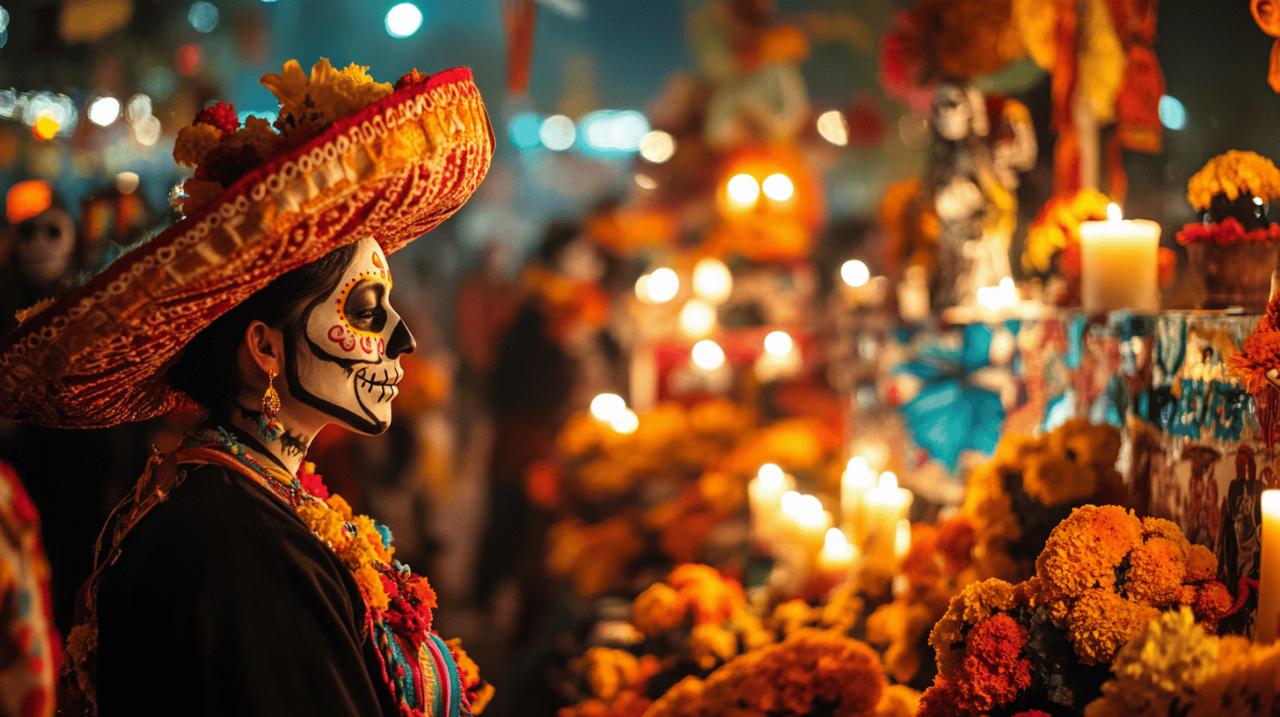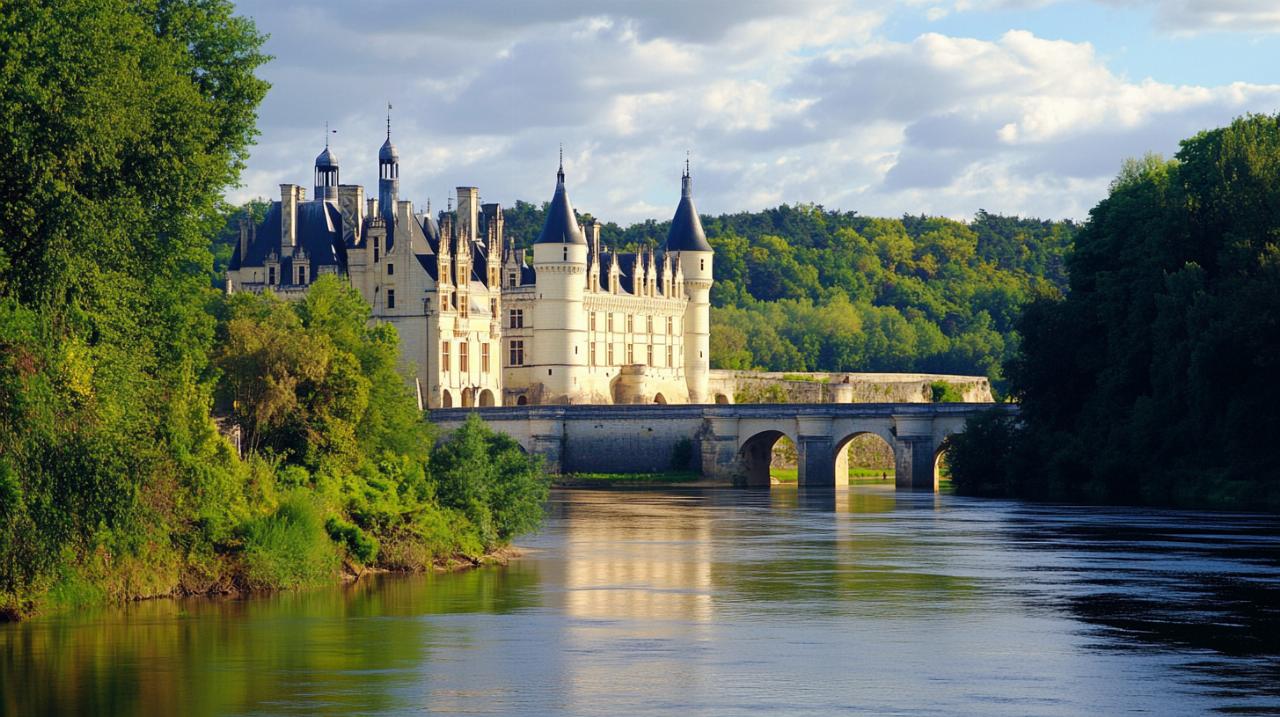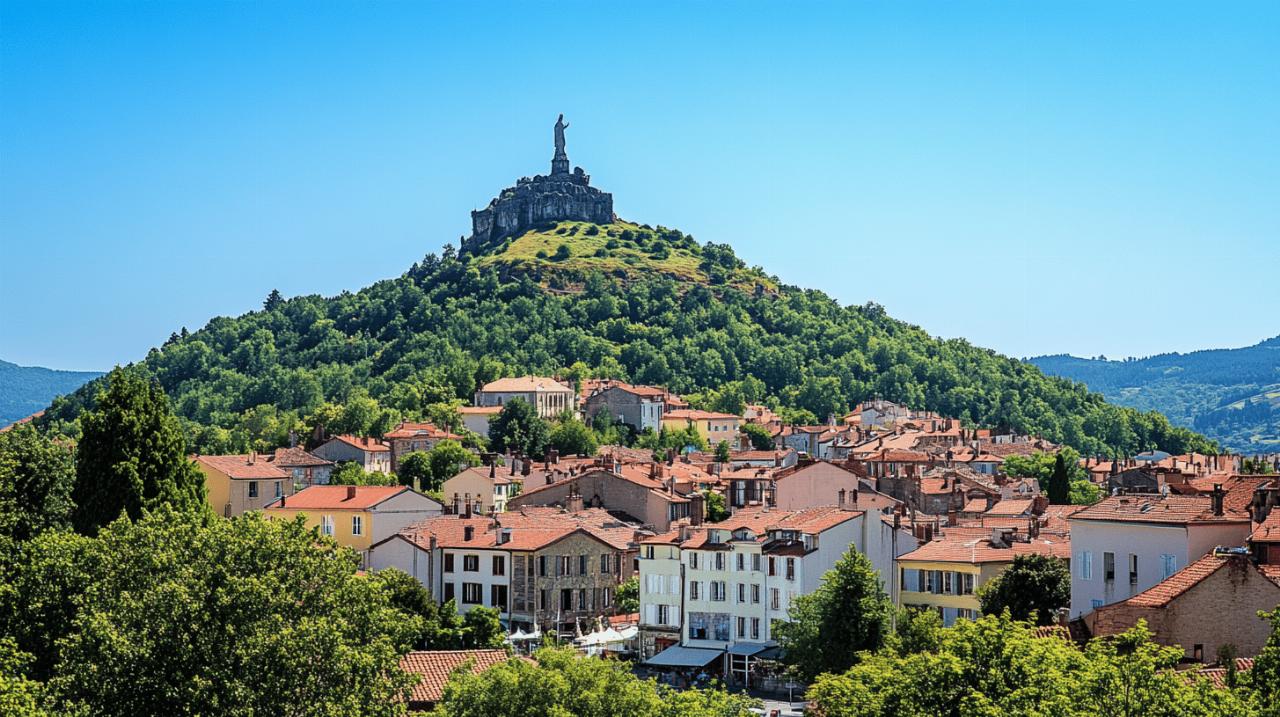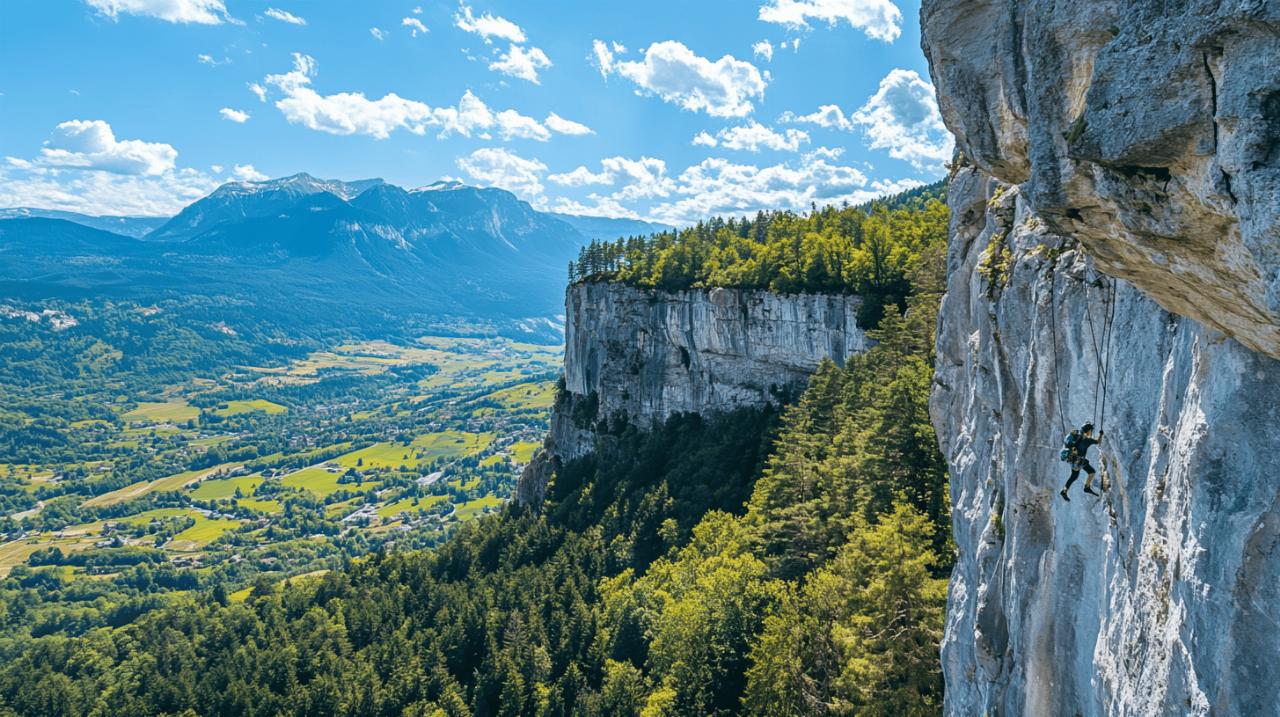Every autumn, as the days grow shorter and the air turns crisp, a remarkable transformation sweeps across Mexico. Whilst many cultures observe sombre days of mourning for the departed, Mexican communities embrace a vibrant celebration that honours death not with tears, but with colour, music, and joy. The Día de Muertos, or Day of the Dead, represents a profound cultural tradition where families welcome the spirits of loved ones back home for a brief reunion, creating a bridge between the living and the deceased through carefully crafted rituals and symbolic offerings.
The Sacred Role of Marigolds in Día de Muertos Celebrations
At the heart of this ancient celebration lies a humble flower that carries extraordinary spiritual significance. The cempasúchil, known in English as the Mexican marigold, serves as the essential guide for wandering spirits seeking their way back to the families they left behind. These brilliant orange and golden blooms are far more than mere decoration. Their roots stretch back to pre-Hispanic times when the Aztecs revered them as sacred representations of the sun itself, believing their radiant petals held the power to illuminate the path between worlds.
Why Cempasúchil Flowers Are Essential to the Tradition
The selection of marigolds for this sacred purpose is no accident of tradition. Scientific analysis has revealed that these remarkable flowers contain over fifty distinct aromatic compounds, creating a scent so powerful and distinctive that spirits can follow it like a beacon through the darkness. This potent fragrance serves as an olfactory map, guiding deceased relatives from their resting places in cemeteries back to the warmth of family homes. When Spanish colonisers arrived in the sixteenth century, they merged indigenous beliefs with Catholic observances of All Saints Day and All Souls Day, yet the marigold retained its central position in the evolving tradition. The flower's native origins in Mexican soil and its natural blooming period from June through November make it perfectly suited for these early November celebrations.
Creating vibrant petal pathways to welcome departed souls
Families throughout Mexico transform their neighbourhoods into fragrant corridors of welcome by carefully arranging marigold petals into elaborate pathways. These floral trails begin at cemetery gates and wind through streets, leading directly to front doors and continuing inside homes to the ofrendas where spirits will find their favourite earthly pleasures waiting. The creation of these petal paths represents hours of labour and devotion, with entire families participating in the careful placement of each bloom. The practice transforms ordinary streets into sacred spaces, where the boundary between life and death becomes beautifully blurred. In regions like Oaxaca, the cultivation and sale of marigolds has become vital to local economies, with farmers dedicating significant acreage to ensuring sufficient supplies for the celebration.
Building Your Ofrenda: The Heart of Day of the Dead Observances
The altar, or ofrenda, stands as the centrepiece of Día de Muertos traditions, serving as a welcoming party for returning spirits. These carefully constructed displays are not shrines of mourning but rather joyful assemblages that celebrate the lives of those who have passed. Each element placed upon an ofrenda carries specific meaning and purpose, working together to create a space where the dead feel truly welcomed and remembered.
Essential elements every altar must include
Whilst creativity and personal expression are encouraged, certain fundamental components appear on virtually every ofrenda across Mexico. Photographs of the deceased occupy places of honour, allowing their faces to be seen and remembered by both living family members and visiting spirits. Candles flicker throughout the display, their flames representing hope and faith whilst also providing light to guide souls on their journey. Water is placed in dishes to quench the thirst of spirits after their long travels, whilst salt serves both as a purifying element and a preservative of the soul. The distinctive sweet bread known as pan de muerto, with its bone-shaped decorations and sugar-dusted top, offers sustenance to visiting spirits. Copal incense fills the air with its resinous smoke, carrying prayers heavenward and creating an atmosphere of sanctity. The natural evolution of these traditions over time has seen some families incorporating items reflecting contemporary life, yet the core elements remain steadfast across generations.
Personal touches that honour your loved ones' memories
Beyond the traditional requirements, families personalise their ofrendas with items that held special meaning to their departed relatives. A grandfather's favourite cigar might rest beside his photograph, whilst a grandmother's preferred tequila stands ready in a crystal glass. Children who have passed are remembered on the first of November during Día de los Angelitos, with altars featuring toys, sweets, and brightly coloured sugar skulls bearing their names. Adult spirits arrive the following midnight for Día de los Difuntos, finding more mature offerings awaiting them. Games that the deceased enjoyed might be set out ready for play, favourite recipes prepared with care, and personal mementos arranged with love. These individual touches transform standard altars into deeply personal tributes, ensuring that each spirit feels recognised and cherished as the unique individual they were in life.
Regional variations across mexico: where to experience authentic celebrations
 Whilst the fundamental purpose of Día de Muertos remains consistent throughout Mexico, the manner in which different regions observe this holiday varies considerably, offering travellers diverse opportunities to witness authentic traditions in their natural cultural contexts.
Whilst the fundamental purpose of Día de Muertos remains consistent throughout Mexico, the manner in which different regions observe this holiday varies considerably, offering travellers diverse opportunities to witness authentic traditions in their natural cultural contexts.
Michoacán's island vigils and midnight cemetery gatherings
The state of Michoacán hosts some of Mexico's most atmospheric and traditional Day of the Dead observances. On the island of Janitzio in Lake Pátzcuaro, indigenous Purépecha communities maintain vigils that stretch through the entire night of the first of November. Families gather in candlelit cemeteries, decorating graves with elaborate displays whilst maintaining watch over their departed loved ones. The flickering flames of thousands of candles create an ethereal atmosphere as prayers and quiet conversations fill the night air. These gatherings are not sombre affairs but rather opportunities for families to reconnect with their heritage and with each other, sharing memories and strengthening bonds that transcend the boundary between life and death.
Oaxaca's street festivals and traditional comparsas
In contrast to Michoacán's quiet vigils, Oaxaca explodes with colour and energy during Día de Muertos. Streets fill with parades featuring participants dressed as calaveras, elaborately costumed skeletons that dance and cavort through towns and cities. These cheerful skeletal figures represent the Mexican cultural perspective that death is a natural part of life's cycle, something to be acknowledged with good humour rather than fear. Comparsas, traditional procession groups, wind through neighbourhoods with music and celebration. The city's cemeteries transform into social gathering spaces where families picnic beside graves decorated with marigold arrangements of stunning complexity. Local markets overflow with artisan crafts, sugar skulls of every size, and towering piles of fresh marigolds that perfume entire districts with their distinctive scent.
Planning your visit: practical tips for travellers during early november
For those considering experiencing Día de Muertos firsthand, thoughtful preparation ensures a meaningful and respectful visit during this important cultural celebration.
Booking accommodation near key celebration sites
Securing lodging well in advance proves essential, as hotels near major celebration centres in Oaxaca, Pátzcuaro, and other popular destinations fill months ahead of the holiday. Travellers should aim to book accommodation by late summer at the latest, particularly if hoping to stay within walking distance of main events. Many families open their homes to guests during this period, offering an intimate glimpse into authentic celebrations that large hotels cannot provide. These homestay arrangements often include participation in ofrenda creation and family meals, though they require booking through specialised cultural travel providers. The surge in interest following the release of the Disney Pixar film Coco in 2017 has increased demand significantly, making early planning even more crucial for securing quality accommodation.
Respectful Ways to Participate in Local Traditions and Ceremonies
Visitors must approach Día de Muertos with cultural sensitivity, recognising that they are guests witnessing deeply personal family traditions rather than spectators at a performance staged for tourists. Photography should always be undertaken with permission, particularly in cemeteries where families are conducting private remembrances. Participating in public celebrations like street parades is generally welcomed, but intruding upon family gatherings at gravesites or in homes requires explicit invitation. Learning basic Spanish phrases expressing respect and gratitude helps tremendously in fostering positive interactions. Understanding that this is not a Mexican version of Halloween but rather a profound spiritual observance helps visitors approach the celebration with appropriate reverence. The growing popularity of Día de Muertos beyond Mexico has raised concerns about cultural appropriation, making it especially important for travellers to approach the holiday as learners and respecters of Mexican heritage rather than as consumers of exotic entertainment. Those who witness this remarkable tradition with open hearts and minds often find it offers comfort and new perspectives on grief, loss, and the enduring bonds of family that not even death can sever.







